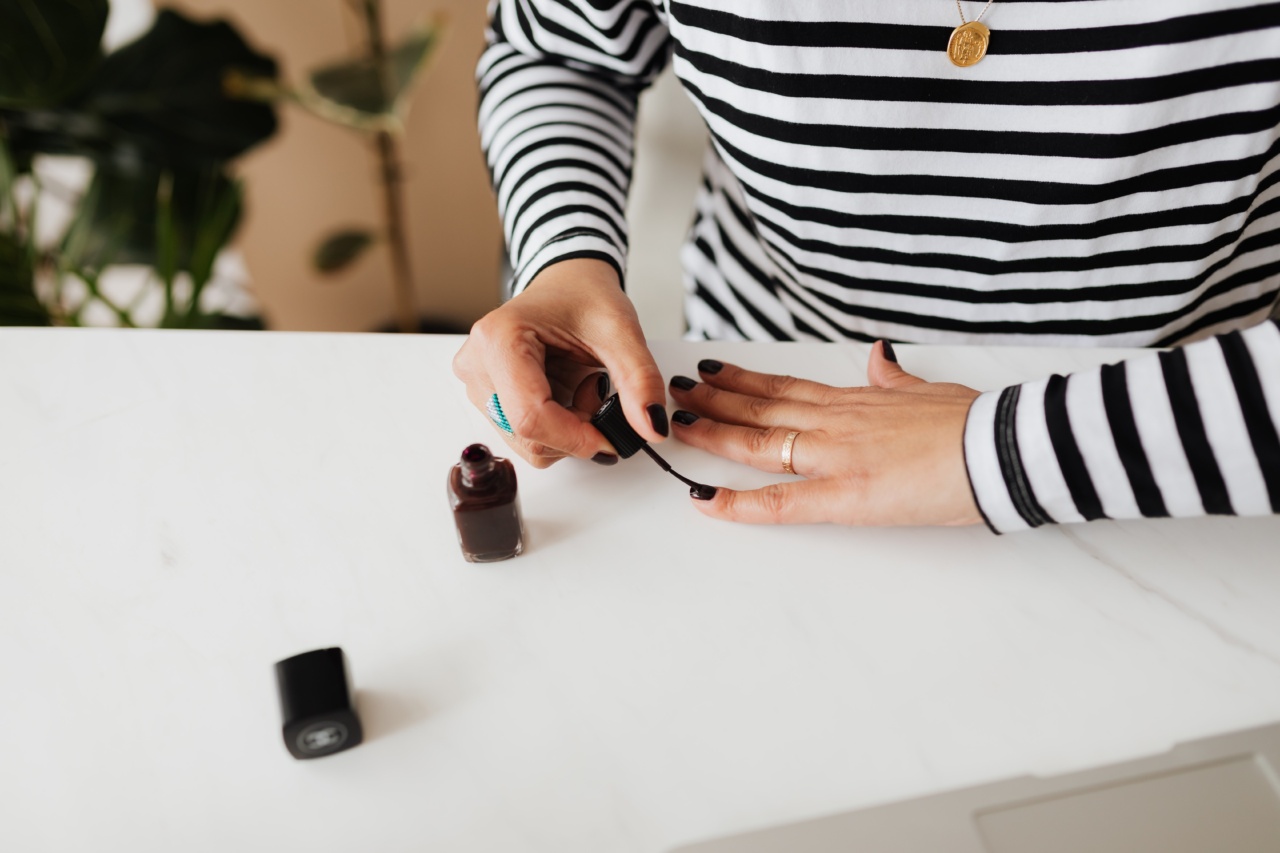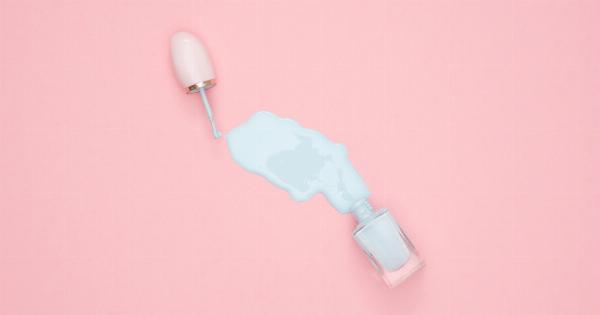In recent years, there has been a growing concern about the health and environmental risks associated with traditional nail polishes.
As a result, many companies have started to market their products as “non-toxic” or “natural” alternatives. While these claims may sound enticing, it is important not to be fooled by them. In this article, we will explore the truth behind non-toxic nail polish claims and uncover the potential dangers that these products can still pose.
The Definition of Non-Toxic
Before delving into the specifics, it is crucial to understand the meaning of “non-toxic.” Generally, the term implies that a substance cannot cause harm or poison when ingested, inhaled, or applied topically.
When it comes to nail polishes, however, the definition can be misleading and open to interpretation.
The Problem with Nail Polish Ingredients
Traditional nail polishes are known to contain a wide range of potentially harmful chemicals. These include formaldehyde, toluene, dibutyl phthalate (DBP), and camphor, among others.
These ingredients have been linked to various health issues, such as skin irritation, respiratory problems, and even more serious conditions like cancer. Furthermore, they can also cause harm to the environment during manufacturing, usage, and disposal.
Understanding “Non-Toxic” Claims
Companies that market their nail polishes as “non-toxic” often do so by eliminating a select number of harmful chemicals from their formulations.
While this is a step in the right direction, it is important to note that the absence of a few toxic ingredients does not necessarily render the product completely safe.
The Hidden Dangers
One of the main concerns with non-toxic nail polishes lies in the replacement ingredients used.
In many cases, these alternative substances have not been thoroughly tested for their long-term effects on human health, and their potential risks remain uncertain. Some non-toxic nail polishes, for example, may contain certain solvents or plasticizers that can still pose health risks, especially with prolonged exposure or repeated use.
Regulatory Challenges
In the cosmetics industry, there is a lack of strict regulations and standardized definitions for terms like “non-toxic.” This makes it challenging for consumers to make informed choices and differentiate between genuinely safe products and those that are simply greenwashing. It is important to be cautious and do thorough research before trusting a brand’s claims.
Safe Alternatives
While “non-toxic” nail polishes may not always be as safe as advertised, there are safer alternatives available.
Look out for products that are labeled as “3-free” or “5-free,” indicating the absence of three or five of the most harmful chemicals commonly found in nail polish formulations. These polishes often exclude formaldehyde, toluene, DBP, and other hazardous substances.
Reading Ingredient Labels
The key to making informed choices when it comes to nail polish is to read and understand the ingredient labels. Look for clear and detailed lists that outline the components used.
Research any unfamiliar substances to determine their safety and potential risks. Being an educated consumer is crucial in safeguarding your health.
Practicing Safe Nail Care
Aside from choosing safer nail polishes, there are other measures you can take to ensure your overall nail care routine is as safe as possible.
This includes avoiding excessive exposure to nail polish removers, nail glue, and other nail care products that may contain harmful ingredients. Additionally, practicing good hygiene, maintaining nail health, and giving your nails regular breaks from nail polish can help minimize potential risks.
Conclusion
While the idea of non-toxic nail polish may seem appealing, it is important to approach such claims with caution. The term “non-toxic” can be subjective, and there are still potential risks associated with these products.
Conduct thorough research, read ingredient labels, and consider alternatives that prioritize safety. By staying informed and making conscious choices, you can protect yourself and promote a healthier nail care routine.































